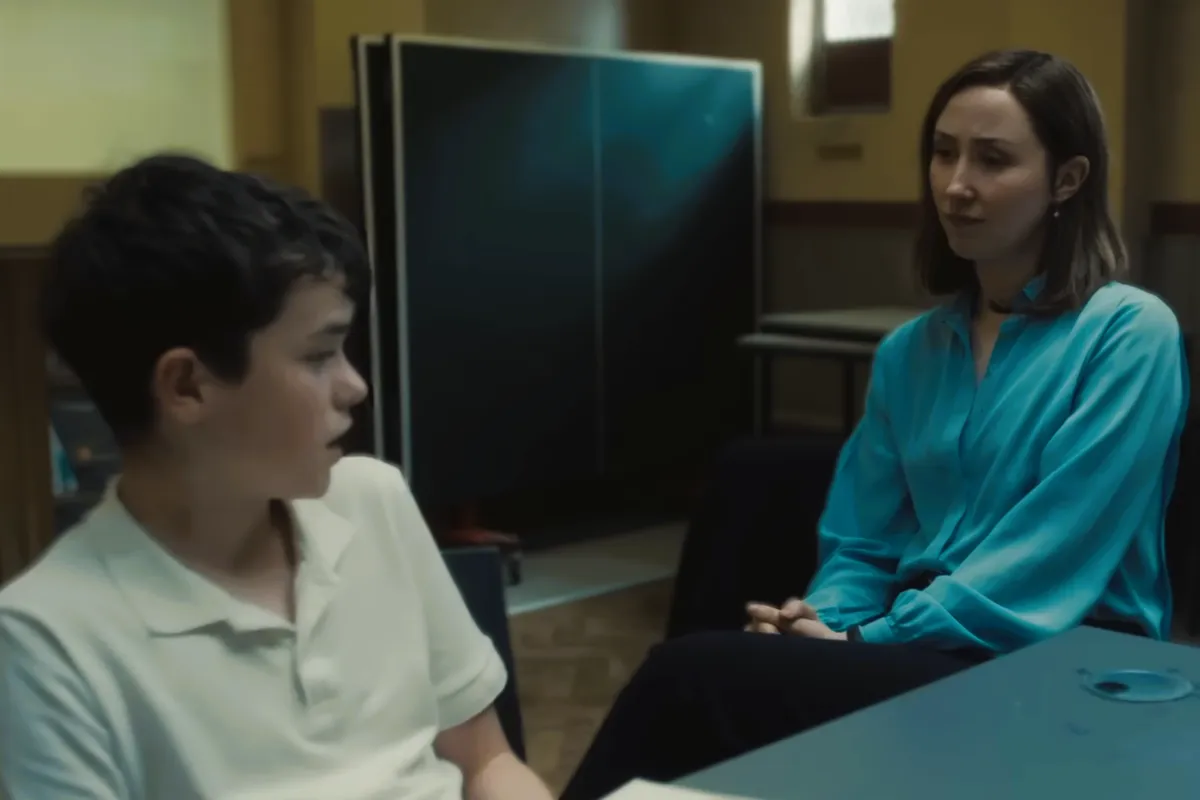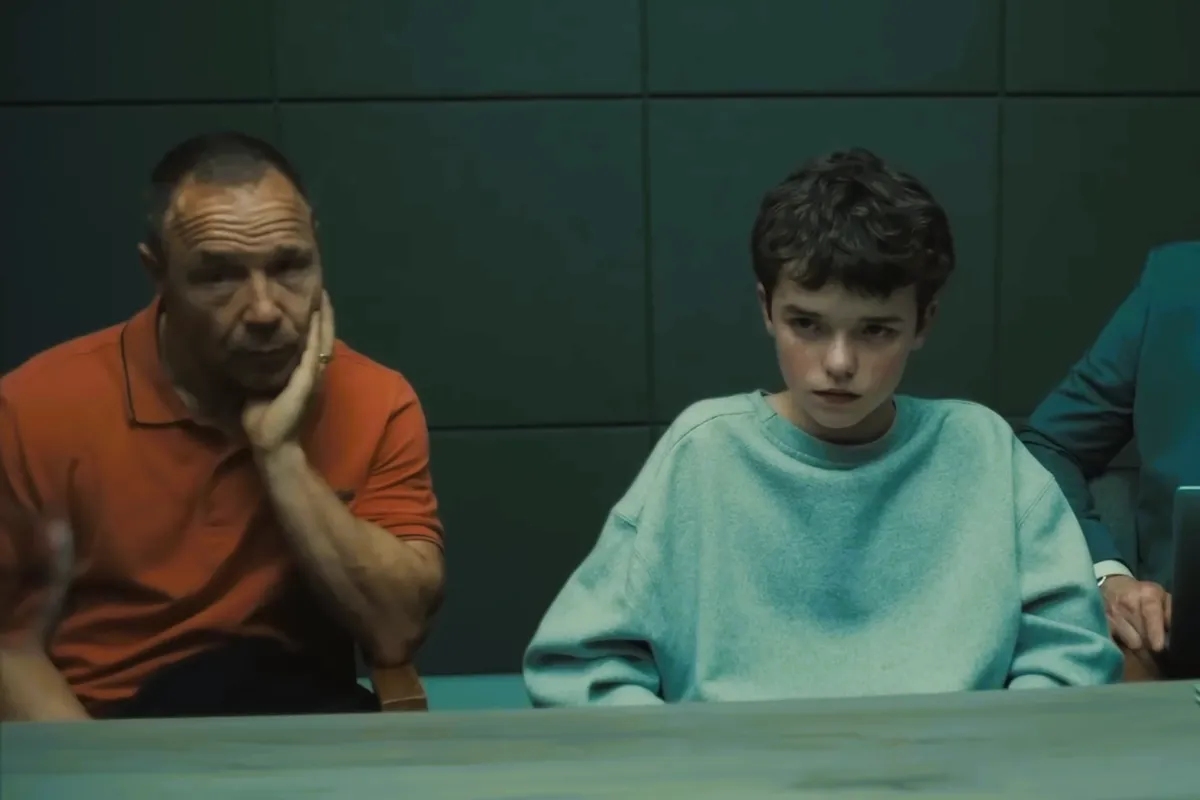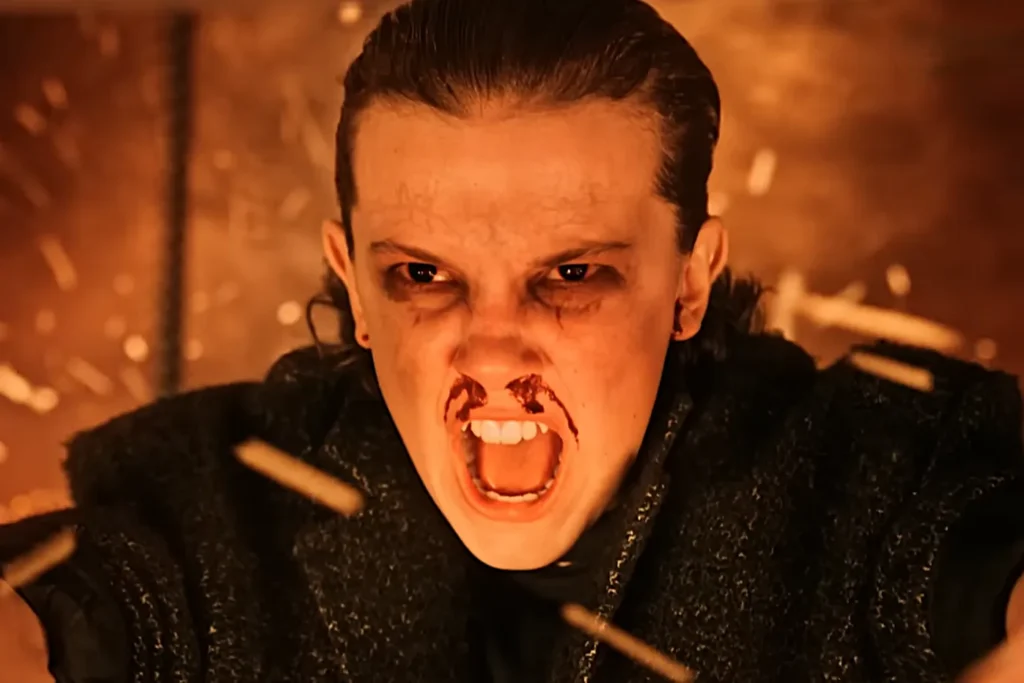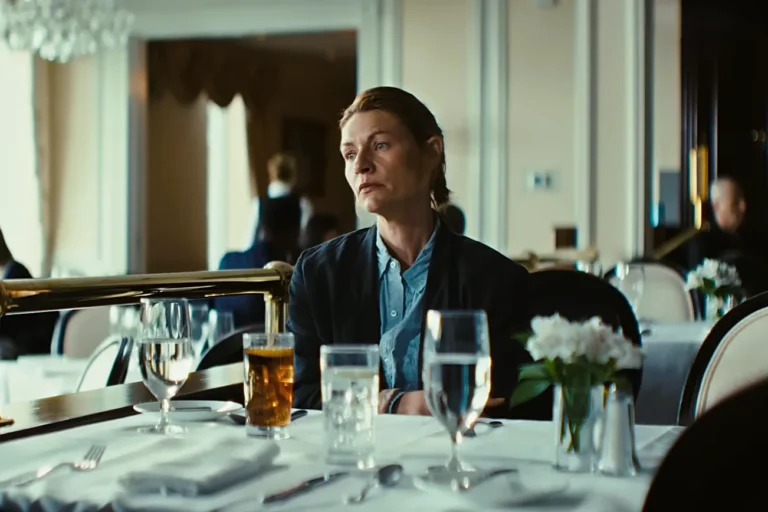Key Points:
- Adolescence explores the impact of incel ideology on a 13-year-old accused of murder.
- The show accurately portrays the radicalization of young men through online spaces.
- While based on real-world issues, the series takes creative liberties in its depiction.
Netflix’s Adolescence, released on March 13, 2025, delves into the dark reality of incel culture through the story of Jamie Miller, a 13-year-old boy accused of murdering his classmate. The four-part miniseries has sparked conversations about the accuracy of its portrayal of incels and whether its depiction leans more toward reality or dramatization.
What Is an Incel and Where Did the Term Originate?

The term “incel” is short for “involuntary celibate” and was first used in the 1990s by a woman named Alana, who created an online support group for people struggling with romantic relationships. However, over time, the term was co-opted by online communities of heterosexual men who blame their lack of romantic success on women and society at large. Today, incels are largely associated with misogynistic online spaces that promote resentment and, in extreme cases, violence against women.
The modern incel movement believes that attraction is dictated solely by physical appearance, leading to concepts such as “Chads” (attractive, dominant men) and “Stacys” (women who supposedly only date these men). This ideology fosters a toxic sense of victimhood, which has led some individuals within these communities to commit violent acts.
READ MORE: The Seven Dwarfs in Snow White Have New Powers That Change Everything
How Does Adolescence Portray Incels?

In Adolescence, incels are depicted as a dangerous online subculture that influences Jamie’s mindset. His radicalization follows a pattern seen in real life: after being rejected and labeled an incel by his classmate Katie, he turns to online forums that validate his feelings of isolation and resentment. Throughout the series, Jamie is exposed to several key incel beliefs:
- The 80/20 Rule: A false claim that 80% of women are only attracted to 20% of men, leaving most men without romantic prospects.
- Red Pill vs. Blue Pill: A concept borrowed from The Matrix, where taking the “red pill” supposedly reveals the harsh truth that women control dating dynamics, while the “blue pill” represents ignorance.
- The Manosphere: A broader network of anti-feminist online spaces that reinforce incel ideology.
By the time Jamie reaches episode three, he openly expresses these beliefs during a conversation with court psychologist Briony, demonstrating the show’s intent to explore how young men become susceptible to these toxic ideas.
READ MORE: What Happened to Natalia Grace Barnett After Good American Family?
Are Incels in Adolescence Based on Real-Life Incidents?

Adolescence draws inspiration from real-world cases involving incels who turned to violence. One such case is that of Elliot Rodger, who killed six people in 2014 after posting a manifesto detailing his hatred for women. Another incident occurred in 2021 when Jake Davison killed five people in Plymouth, UK, after engaging with incel forums. These tragedies highlight the dangers of unchecked radicalization, something Adolescence reflects in Jamie’s transformation.
However, the series condenses this radicalization process into a much shorter timeframe than typically occurs in real life. In reality, young men who engage with incel ideology usually do so over months or years before developing extreme views.
Does Adolescence Accurately Represent the Manosphere?

The manosphere, which is frequently referenced in Adolescence, encompasses various online communities that promote male supremacy and opposition to feminism. Incels form just one part of this ecosystem, which also includes men’s rights activists (MRAs) and pickup artists (PUAs). The series highlights how this network influences not just Jamie but also other male characters, such as Ryan, who enables Jamie’s crime by providing him with the murder weapon, and Jamie’s father, Eddie, who struggles with outdated notions of masculinity.
Adolescence effectively demonstrates how these online communities can shape beliefs and behaviors, though it oversimplifies the manosphere by portraying it as a singular, coordinated entity. In reality, the manosphere is decentralized, with various factions often disagreeing on key issues.
READ MORE: Tony Todd’s Final Role in Final Destination: Bloodlines Has Fans Buzzing
How Does Adolescence Use the Red Pill & Blue Pill Concept?

The red pill and blue pill metaphor is a recurring theme in Adolescence. While originally introduced in The Matrix as a choice between reality and illusion, incels have reinterpreted it to represent their belief that men are waking up to an oppressive social system controlled by women. Jamie embraces the red pill ideology after his rejection, seeing it as proof that the world is unfairly stacked against him.
The series does a good job of showing how these ideas are introduced in online spaces, making it clear that Jamie’s transformation is not entirely self-driven. However, it exaggerates the idea that incels function as an organized movement actively recruiting members when, in reality, most incel spaces are chaotic and disorganized.
What Is the 80/20 Rule, and Why Is It Important?

One of the most concerning ideas Jamie adopts is the 80/20 rule, which suggests that most men are doomed to romantic failure. This belief is particularly damaging to young individuals like Jamie, who may already struggle with self-esteem and social skills. By presenting this idea as a universal truth, incels create an echo chamber that reinforces their sense of victimhood.
While Adolescence effectively highlights how these statistics are used to manipulate vulnerable individuals, it does not provide enough counterarguments within the narrative. The show focuses on the dangers of the belief rather than debunking it, which could mislead some viewers unfamiliar with incel ideology.
Stay updated with the Latest News and Stories, follow us on our social media platforms.
You can follow us on:
Stay Connected!! Join our Whatsapp Channel












